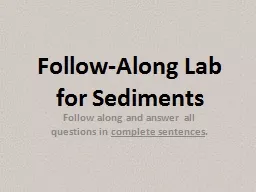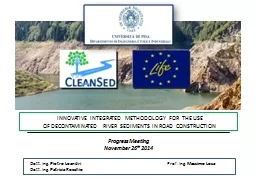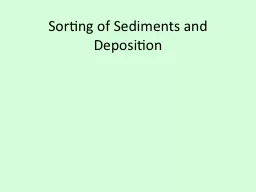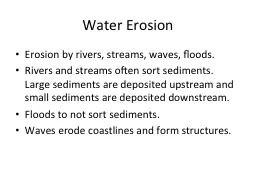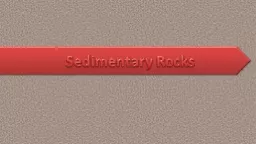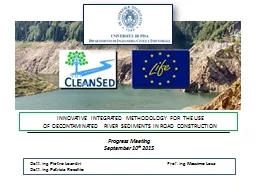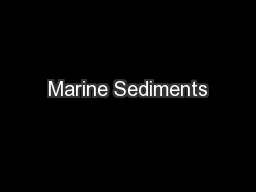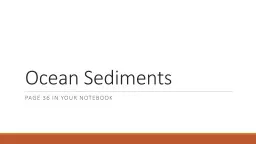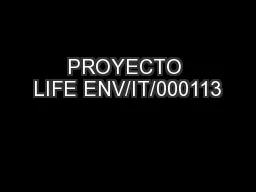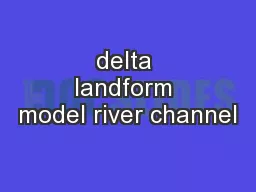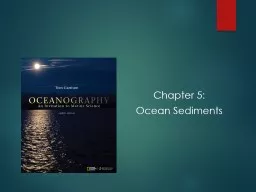PPT-Follow-Along Lab for Sediments
Author : karlyn-bohler | Published Date : 2018-12-18
Follow along and answer all questions in complete sentences Sand is a common substance but few people take time to look at it Scientists who specialize in the
Presentation Embed Code
Download Presentation
Download Presentation The PPT/PDF document "Follow-Along Lab for Sediments" is the property of its rightful owner. Permission is granted to download and print the materials on this website for personal, non-commercial use only, and to display it on your personal computer provided you do not modify the materials and that you retain all copyright notices contained in the materials. By downloading content from our website, you accept the terms of this agreement.
Follow-Along Lab for Sediments: Transcript
Download Rules Of Document
"Follow-Along Lab for Sediments"The content belongs to its owner. You may download and print it for personal use, without modification, and keep all copyright notices. By downloading, you agree to these terms.
Related Documents

